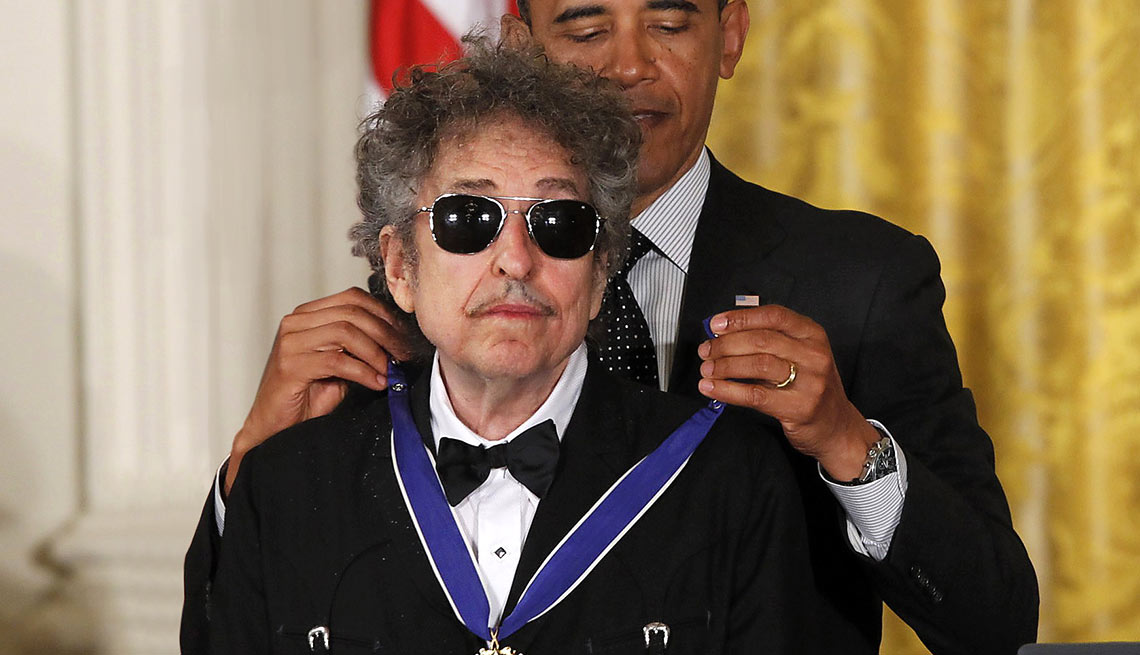Play all audios:
Facebook Twitter LinkedIn
Bob Dylan arrived in New York City at the dawn of the '60s and immediately set to work. He wrote "Blowin' in the Wind" and "Mr. Tambourine Man," went electric with a tumultuous performance
at the 1965 Newport Folk Festival and changed the vocabulary of rock music with "Like a Rolling Stone." In the summer of 1966, Dylan crashed his motorcycle near his home in Woodstock, New
York, which led to a lengthy period of withdrawal from the public eye. He was 25 years old.
The bike accident gave the rock star cover to cancel his touring obligations and devote himself to his new family. During the next year and a half, Dylan wrote dozens of songs that were
given to other artists, including "You Ain't Goin' Nowhere," covered by the Byrds; "The Mighty Quinn," which was a hit for Manfred Mann; and "I Shall Be Released," which went to the Band.
When he resumed his own recording career later in the decade, he had a softer, less strident style ("Lay, Lady, Lay"), and he continued to avoid live performances. But Dylan's influence
extended to everyone from Johnny Cash to the Beatles. Jimi Hendrix traveled with a collection of Dylan's lyrics.
In 1974 he returned to the stage for his first tour in eight years. A year later, he released Blood on the Tracks, among his best-selling and most beloved albums. It dealt with marriage and
fidelity and the compromises of adulthood: "All the people we used to know, they're an illusion to me now. Some are mathematicians, some are carpenters' wives. … But me, I'm still on the
road, headin' for another joint. …"
Bob Dylan prepares for his debut at Carnegie Hall in 1963. Don HunsteinDylan hit the road with a gypsy caravan called the Rolling Thunder Revue, which included Joan Baez, Joni Mitchell, Roger McGuinn, T-Bone Burnett and Ramblin' Jack Elliott. His career was at
a peak, but Dylan was restless. In the late 1970s, he embraced a fire-and-brimstone Christianity. He preached from the stage: "I knew Jimi Hendrix. I knew Janis Joplin. If they knew then
what I know now, they'd still be here."
In the early 1980s, Dylan stopped evangelizing. He toured with Tom Petty & the Heartbreakers and the Grateful Dead and was accompanied by Keith Richards and Ron Wood at the finale of Live
Aid. He joined a supergroup, the Traveling Wilburys, with Petty, George Harrison, Jeff Lynne and Roy Orbison. But he was unsatisfied. "I had no connection to any kind of inspiration," he
wrote 20 years later. "Whatever was there to begin with had all vanished and shrunk."

